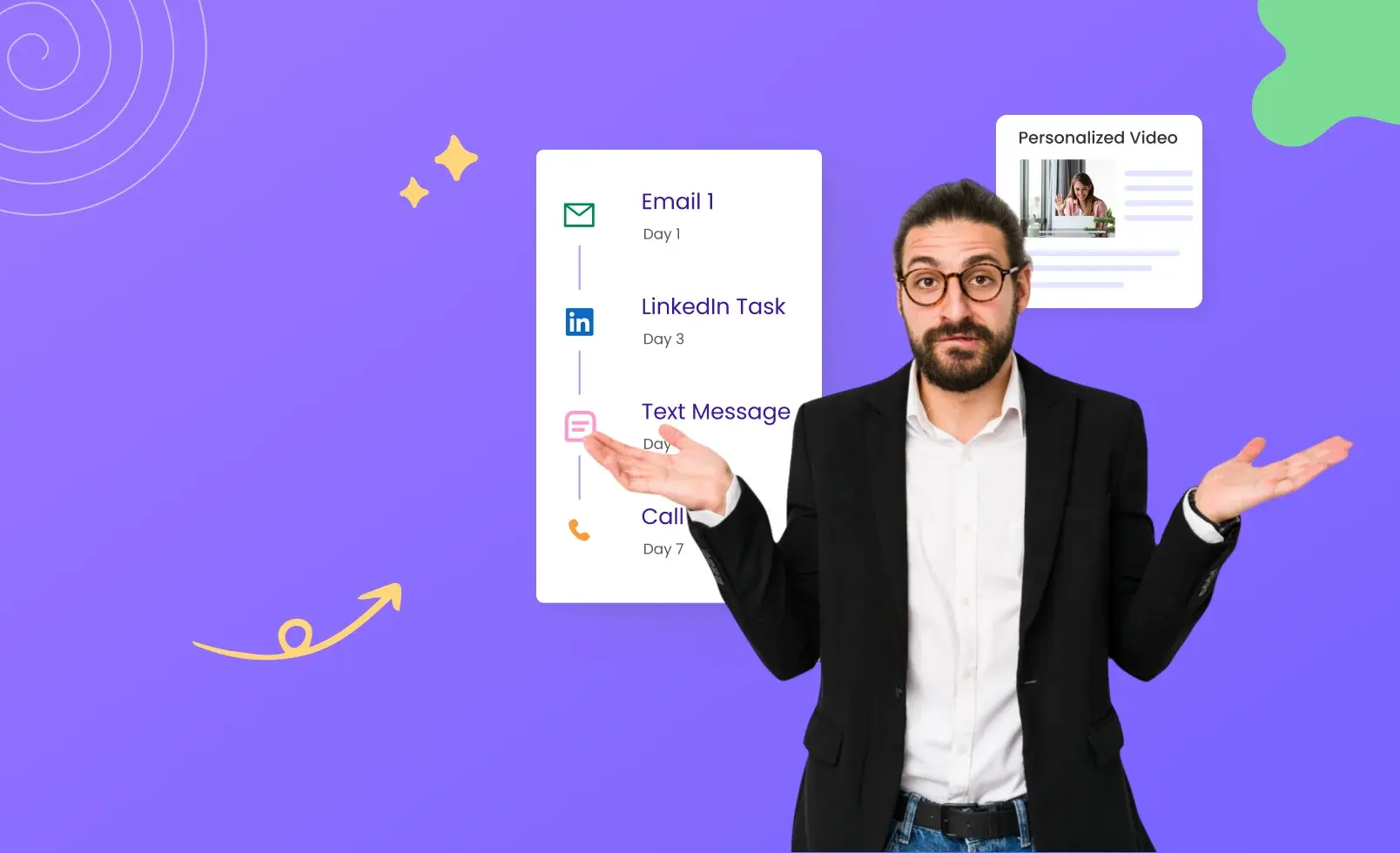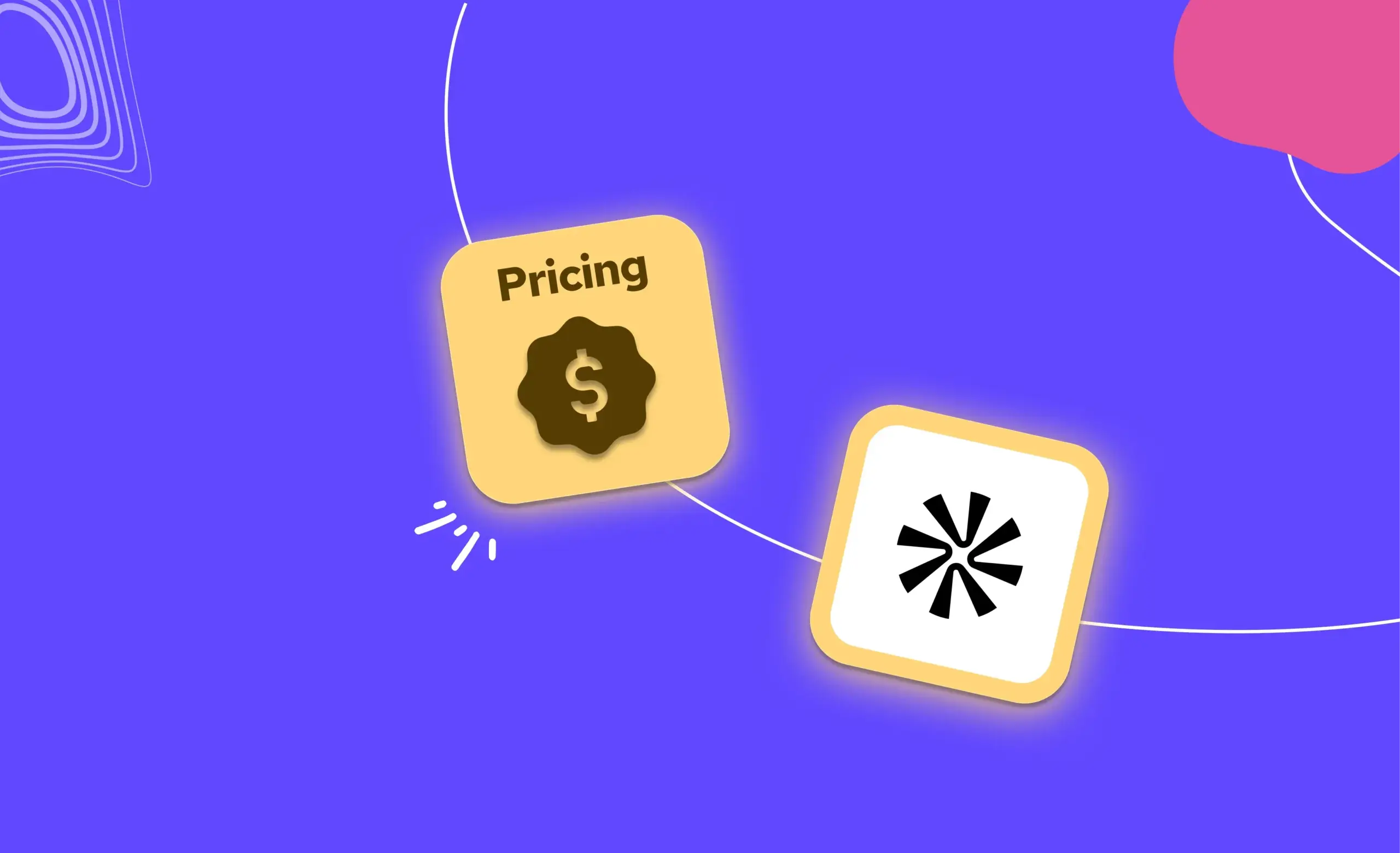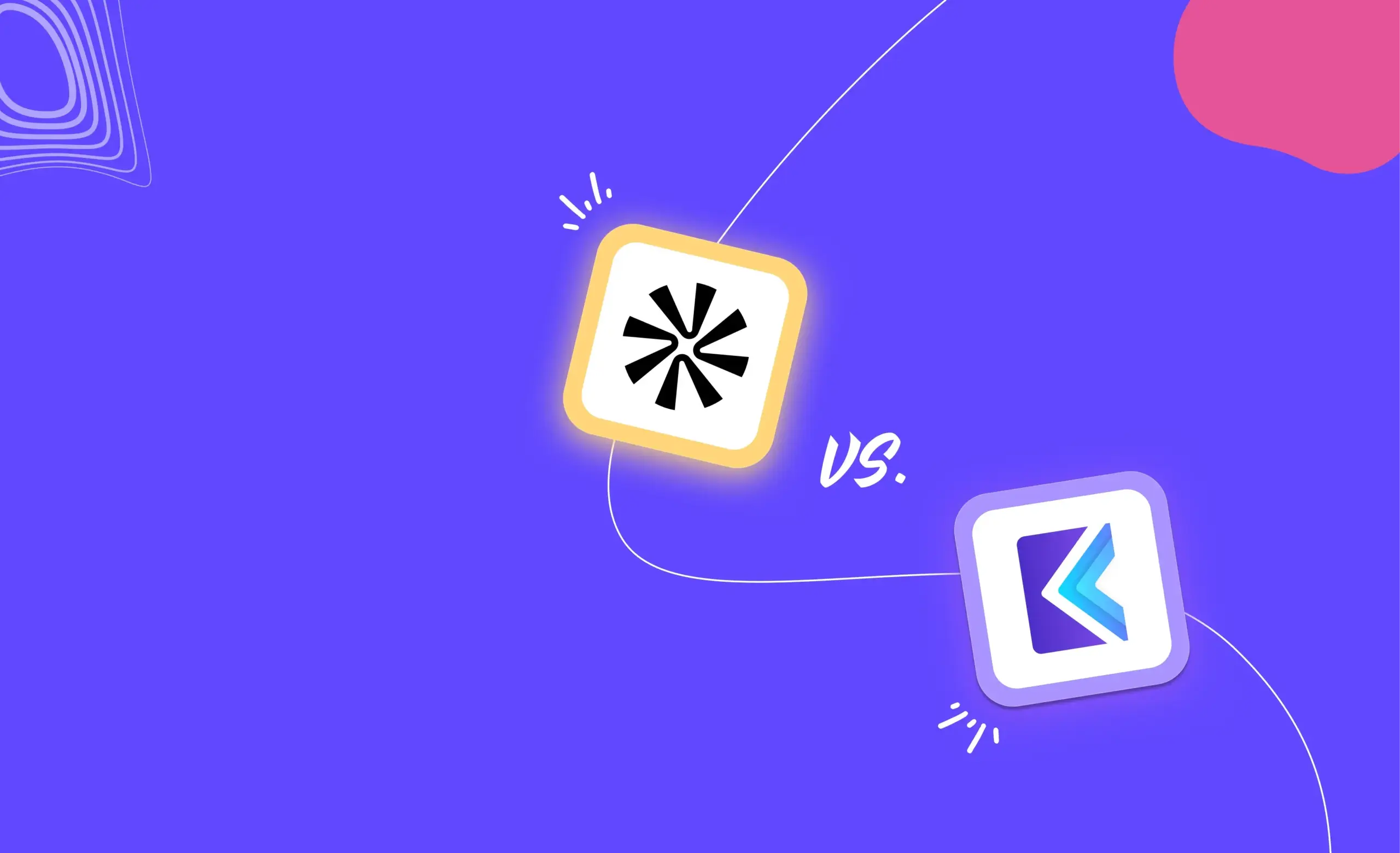Running sales outreach campaigns is one of the most preferred sources to generate leads for sales teams.
But most teams fail to get the desired results because they use the wrong sales tech stack to implement their sales outreach strategy.
A lot of sales teams use email marketing tools to run sales outreach campaigns. Since these tools allow emails to be sent in bulk. But the problem with using email marketing tools is that you will struggle to improve KPIs like open rates, response rates, and meetings booked.
5 Critical Drawbacks of Email Marketing Tools:
i) They’re Built for Sending Emails in Bulk and Not for 1 on1 Conversation
Sending emails in bulk may seem like the fastest way to reach your prospects' inboxes. But in that attempt, you will end up spamming prospects with identical messages which sound robotic and templated.
This leads to prospects ignoring your emails which has a negative impact on the open rates and reply rates.
ii) They Affect Your Sender Reputation
Sending emails in bulk has a really bad impact on your domain reputation. When you are sending thousands of emails from a newly created domain, all email service providers detect this and flag that as suspicious behavior. This leads to your account getting blocked and lowering your Sender Reputation.
iii) They Lack Personalization Capabilities
Sending thousands of emails every day means that you won’t have enough time to research your prospects and send them a personalized email. This leaves your emails bland, gives your outreach a templated feel, and reduces response rates.
iv) They Restrict Your Engagement to One Single Channel
To maximize engagement with prospects during sales outreach campaigns, it's important to stay top of mind across all communication channels where they’re active.
This includes email, phone, LinkedIn, text, and Whatsapp.
However, using an email marketing tool limits your engagement to only one channel - email. And this reduces your chances of getting responses significantly.
v) They Leave You Unprepared for Different Outreach Scenarios
When you run outreach campaigns, you will have prospects who are at different stages of purchase intent.
To get more meetings booked you need to change your strategy based on the level of intent. For high-intent prospects, getting personal with them on a call works best, while other prospects may need more time and nurture via email.
Unfortunately, email marketing tools don’t give you the flexibility to adapt your approach and your channels of communication based on the intent of the prospect.
The Solution- A Sales Engagement Platform
A Sales Engagement Platform is built to guide your sales reps to systematically execute outreach across multiple channels, follow up with context, and open new conversations at scale.
Here are the major advantages of using a Sales Engagement Platform to run your outreach campaigns.
i) Engage Using Different Communication Channels
Sales Engagement Platforms will allow you to use different channels in your sales outreach sequence. Using a multi-channel sequence, your reps would be able to engage with the right prospects using the right channel and increase the possibility of a meeting booked.
Here is a sample multi-channel outreach sequence:
- Day 1 – LinkedIn profile view/ connect request
- Day 2 - Call/ voicemail
- Day 4 – Manual email with a custom snippet
- Day 7 – Automated email follow-up
- Day 9 – Automated email with personalized video
- Day 10 – Call/ voicemail
ii) Offers Various Personalization Techniques
Using a Sales Engagement platform, you will be able to personalize at scale. You can use different personalization techniques based on prospect information, prospect time zone, use videos, and gifs. Reps will be able to raise the level of personalization and get more responses.
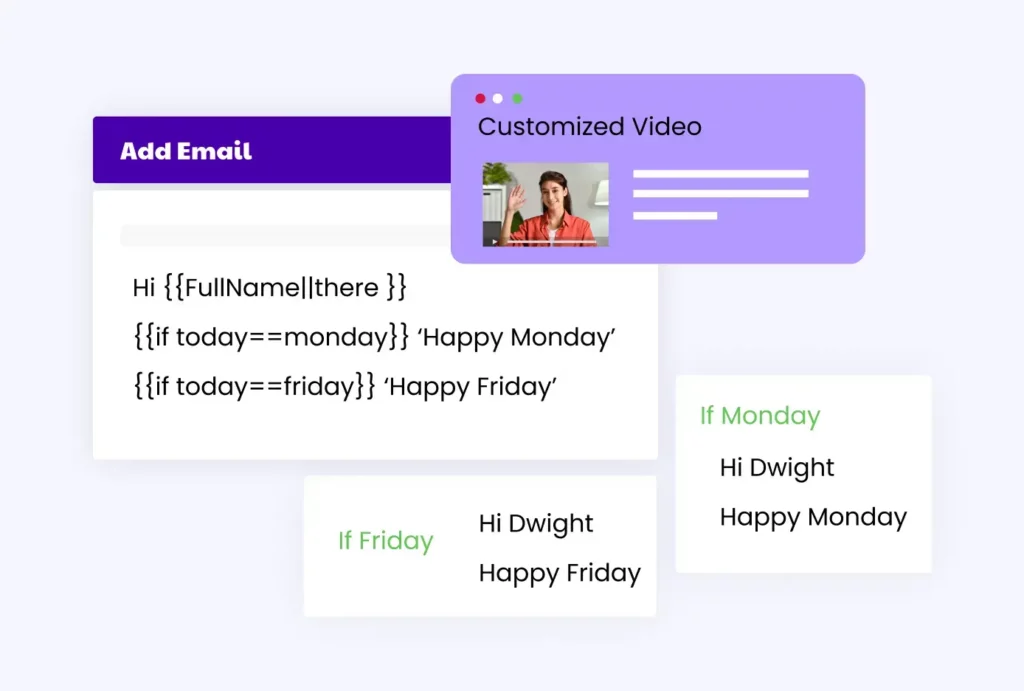
iii) Segment Prospects Based on Interest and Adapt Your Outreach Strategy
Sales Engagement Platforms will allow your sales reps to segment prospects based on their engagement level and move them to another cadence automatically.
You can pre-define the criteria and assign scores to prospect actions such as opens and clicks and prioritize prospects with high scores.
For example, when a prospect clicks multiple links from your emails, you can segment them as high-intent and move them to a cadence with highly personalized touches (such as a phone call) which can lead to conversion.
Reps will be able to get more prospecting mileage and will be able to book more meetings from the same list.
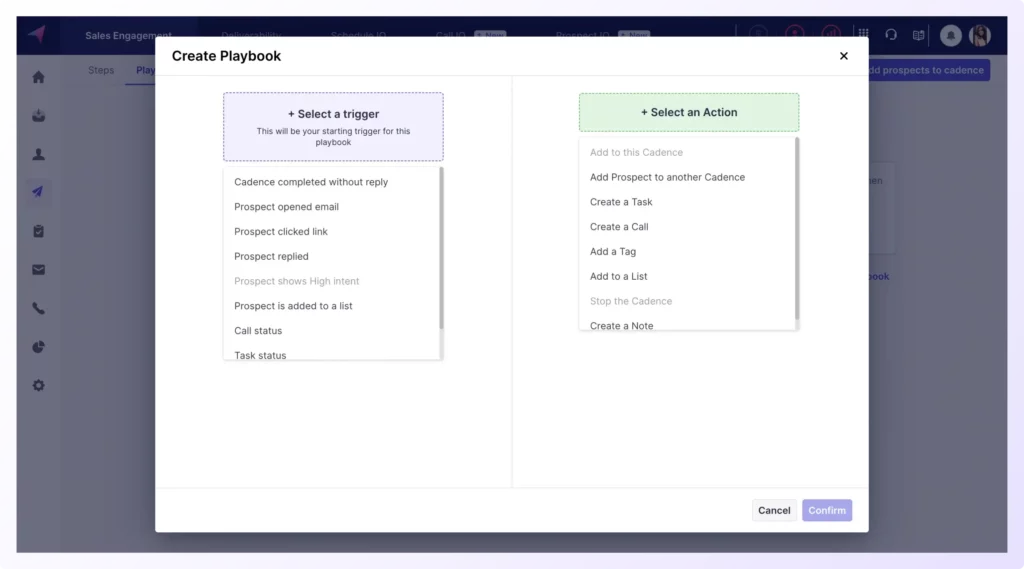
iv) Built To Have 1:1 Conversations
A Sales Engagement Platform will allow your sales reps to send emails automatically to prospects.
But these emails are not sent in bulk but are sent at random intervals to mimic human behavior. This helps emails land in the prospects' primary inbox and not the promotions folder. Sales reps will be able to send emails at scale but still make the emails look like a 1-1 conversation and get more responses.
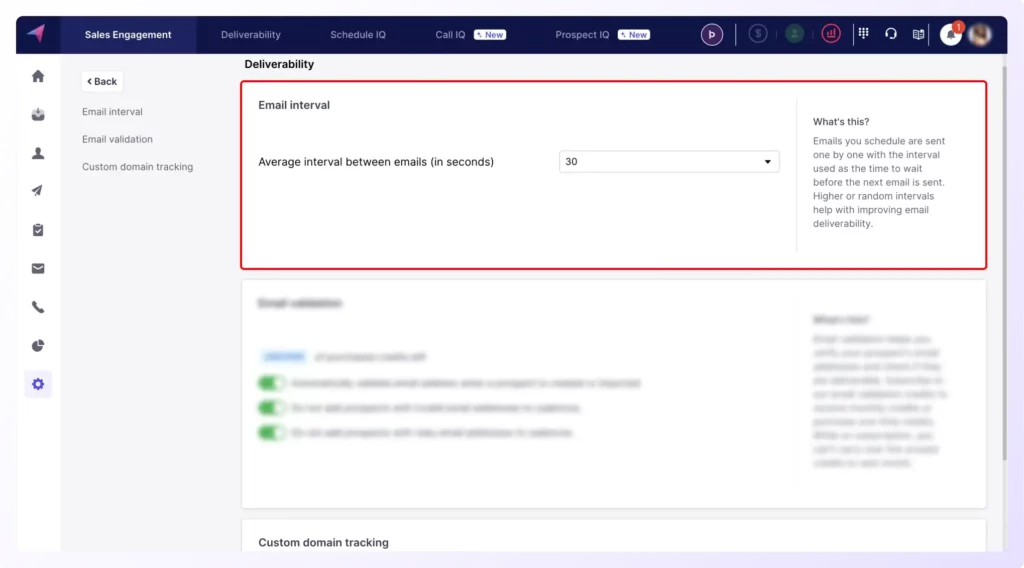
v) Provides Team Coaching and Monitoring
Sales Engagement Platforms can help improve your team’s performance by giving insights into which reps are performing better and why — so that they can replicate best practices across the team.
You will be able to view all the sales engagement activities of your reps – like prospects contacted, the daily number of emails sent, calls made, etc. in a single screen and see the results of each touch.
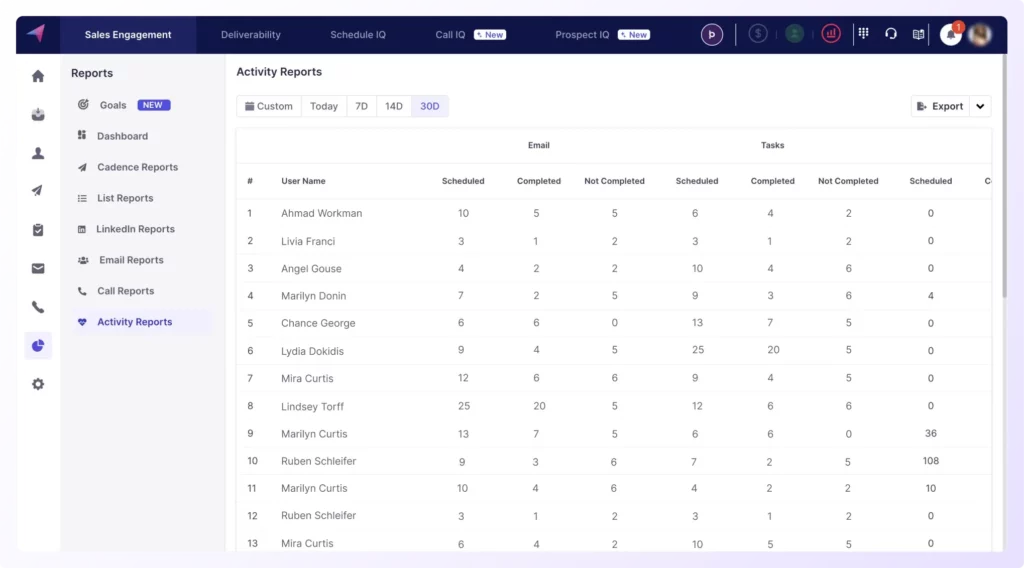
Conclusion
Email Marketing platforms are great for nurturing leads with marketing emails but not for running sales outreach campaigns. You need to invest in the right Sales Engagement Platform.
With the right Sales Engagement Platform, your reps can:
- Consistently engage prospects across multiple channels like emails, calls, LinkedIn, SMS, WhatsApp, etc.
- Personalize the communication at scale using text and videos.
- Focus rep effort on engaged prospects while automated sequences nurture the rest.
- Send the right message at the right time to the right prospect based on the buyer's journey.
- Get insights into how your team is performing and coach them better.
